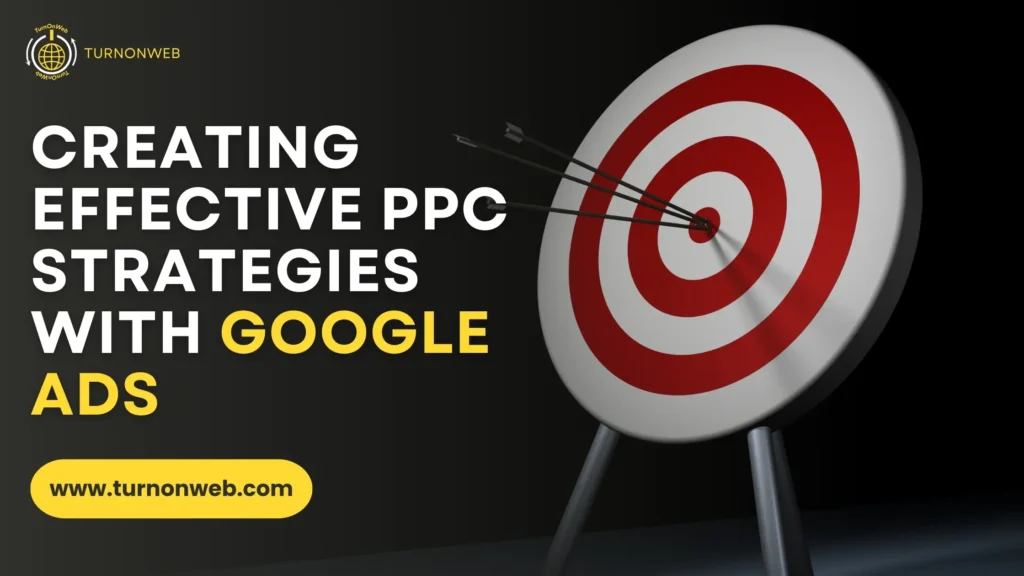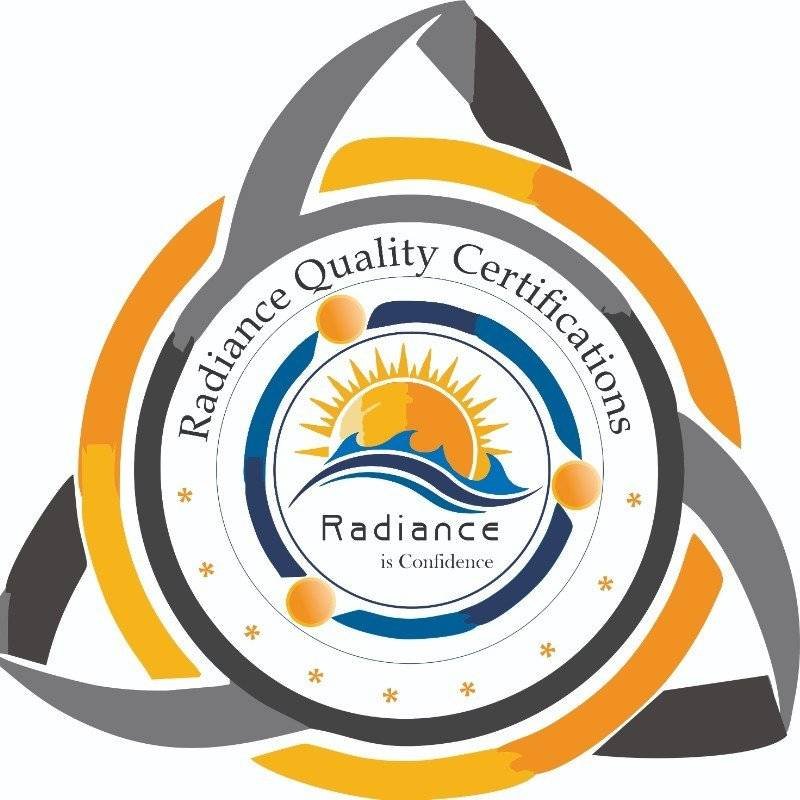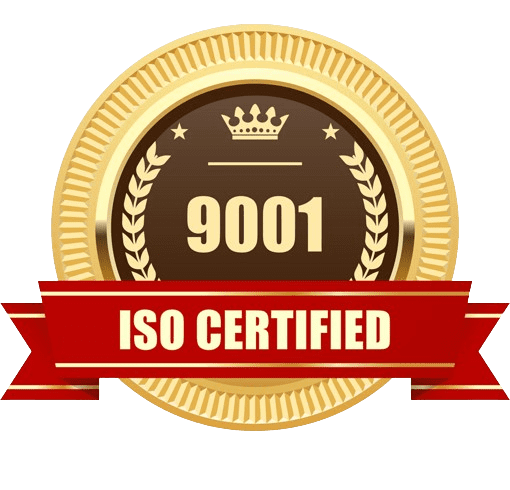Creating Effective PPC Strategies with Google Ads: A Comprehensive Guide

Introduction to PPC and Its Importance for Small Businesses
Pay-per-click (PPC) advertising with Google Ads is a powerful tool for small businesses aiming to increase visibility and drive traffic to their websites. By targeting specific keywords and demographics, businesses can ensure their ads reach the right audience at the right time. This guide will walk you through the essential steps to create an effective PPC strategy using Google Ads.
Understanding Google Ads: A Brief Overview
Google Ads is an online advertising platform where advertisers bid on specific keywords to display brief advertisements, service offerings, product listings, or videos to web users. It operates on a PPC model, meaning you only pay when someone clicks on your ad. For a detailed understanding of how Google Ads works, visit Google Ads Help.
Setting Goals for Your Google Ads Campaign
Before diving into your first campaign, it’s crucial to define your goals. What do you want to achieve with your Google Ads campaign?
Common PPC Goals:
- Increase Website Traffic: Drive more visitors to your site.
- Generate Leads: Capture contact information from potential customers.
- Boost Sales: Increase conversions and sales.
- Brand Awareness: Increase visibility and recognition of your brand.
Once your goals are clear, you can tailor your strategy to achieve them. For example, if your primary goal is to boost sales, you might focus on high-intent keywords that indicate a readiness to purchase.
Related: Optimizing Your Website to Align with Google’s EEAT Guidelines
Keyword Research and Selection Strategies
Effective keyword research is the backbone of any successful PPC campaign. The right keywords ensure your ads appear to users who are actively searching for what you offer.
Steps for Effective Keyword Research:
- Brainstorm Initial Keywords: Consider what terms your potential customers might use to find your products or services.
- Use Keyword Tools: Tools like Google Keyword Planner and SEMrush can help identify keywords with high search volume and low competition.
- Analyze Competitor Keywords: Tools like Ahrefs allow you to see which keywords your competitors are targeting.
- Long-Tail Keywords: These are longer and more specific phrases that typically have lower competition and higher conversion rates.
Example:
- Short-tail keyword: “coffee shop” Long-tail keyword: “best coffee shop in downtown Seattle”
Crafting Compelling Ad Copy
Your ad copy is what compels users to click on your ad. It should be clear, concise, and enticing.
Tips for Writing Effective Ad Copy:
- Include Keywords: Ensure your primary keyword appears in the headline and ad description.
- Highlight Benefits: Focus on what sets your product or service apart.
- Use a Strong Call to Action (CTA): Encourage users to take action, e.g., “Buy Now,” “Sign Up Today,” or “Learn More.”
- A/B Testing: Create multiple versions of your ads to see which performs best.
Example Ad:
`”Headline: Best Coffee Shop in Downtown Seattle
Description: Enjoy our freshly roasted coffee and cozy ambiance. Visit us today and get a 10% discount! Limited time offer.
CTA: Visit Now”
Related: 7 Essential Tips for Optimizing Your Google Business Profile
Budgeting and Bidding Best Practices
Proper budget allocation and bidding strategies are crucial for maximizing your ROI.
Budgeting:
- Daily Budget: Set a daily budget that aligns with your overall marketing budget.
- Adjust Based on Performance: Increase your budget for high-performing campaigns and reduce or pause low-performing ones.
Bidding Strategies:
- Manual CPC: Allows you to set the maximum cost-per-click for your ads.
- Automated Bidding: Google adjusts your bids to maximize results based on your goals.
Monitoring and Evaluating Your Campaign's Performance
Monitoring and analyzing your campaign’s performance is key to making informed adjustments.
Key Metrics to Track:
- Click-Through Rate (CTR): The percentage of people who click on your ad after seeing it.
- Conversion Rate: The percentage of clicks that result in a desired action (e.g., purchase, sign-up).
- Cost Per Conversion: The total cost divided by the number of conversions.
Tools like Google Analytics and Google Ads Reports can provide valuable insights.
Optimizing Your Google Ads Strategy for Long-Term Success
Optimization is an ongoing process. Regularly review your performance data and make adjustments to improve your campaign’s effectiveness.
Optimization Tips:
- Negative Keywords: Identify and add negative keywords to prevent your ads from showing on irrelevant searches.
- Ad Schedule: Analyze when your ads perform best and schedule them accordingly.
- Quality Score: Improve your ad relevance, expected click-through rate, and landing page experience to enhance your Quality Score.
For more advanced optimization techniques, visit HubSpot’s guide.
Related: Google March 2024 Update: 5 SEO Hacks to Outsmart Google
How TuronWeb Can Help
At TurOnWeb, we specialize in helping small businesses achieve their digital marketing goals through effective Google Ads strategies. Our team of experts can assist with everything from initial setup to ongoing optimization, ensuring your campaigns deliver maximum ROI.
To learn more about how TuronWeb can elevate your Google Ads campaigns, contact us directly at sales@turnonweb.com. Invest in the future of your business with a well-executed PPC strategy. Start your journey to higher visibility and increased conversions today!
Conclusion and Final Tips for Effective PPC Strategies
Creating a successful PPC strategy with Google Ads requires careful planning, continuous monitoring, and consistent optimization. By understanding your audience, selecting the right keywords, crafting compelling ad copy, and managing your budget wisely, you can drive significant results for your business.
People Also Ask
1. What are the key components of a successful PPC strategy with Google Ads?
A successful PPC strategy with Google Ads comprises several key components, including thorough keyword research, compelling ad copy, strategic audience targeting, optimized landing pages, and continuous performance monitoring and optimization.
2. How can businesses ensure their Google Ads campaigns align with their overall marketing objectives?
Businesses can ensure alignment between their Google Ads campaigns and overall marketing objectives by clearly defining their goals, conducting thorough research, selecting relevant keywords, crafting compelling ad messaging, and regularly monitoring and adjusting campaign performance based on predefined KPIs.
3. What role does keyword research play in creating effective PPC strategies with Google Ads?
Keyword research is foundational to creating effective PPC strategies with Google Ads as it helps identify high-intent keywords relevant to the business’s offerings, unveils valuable insights into search volume and competition, and informs decisions regarding campaign structure and targeting.
4. How important is ad copy optimization in maximizing the effectiveness of Google Ads campaigns?
Ad copy optimization is crucial for maximizing the effectiveness of Google Ads campaigns as compelling and relevant ad messaging can significantly impact click-through rates, ad visibility, and ultimately, conversion rates.
5. What are some best practices for optimizing landing pages to improve PPC campaign performance with Google Ads?
Some best practices for optimizing landing pages to improve PPC campaign performance with Google Ads include ensuring alignment between ad messaging and landing page content, optimizing for mobile responsiveness, reducing load times, including clear and compelling calls-to-action, and conducting A/B testing to identify the most effective elements.
- QUICK LINKS
TurnOnWeb Solutions - Zoho's Partner
- QUICK LINKES
- SERVICES




